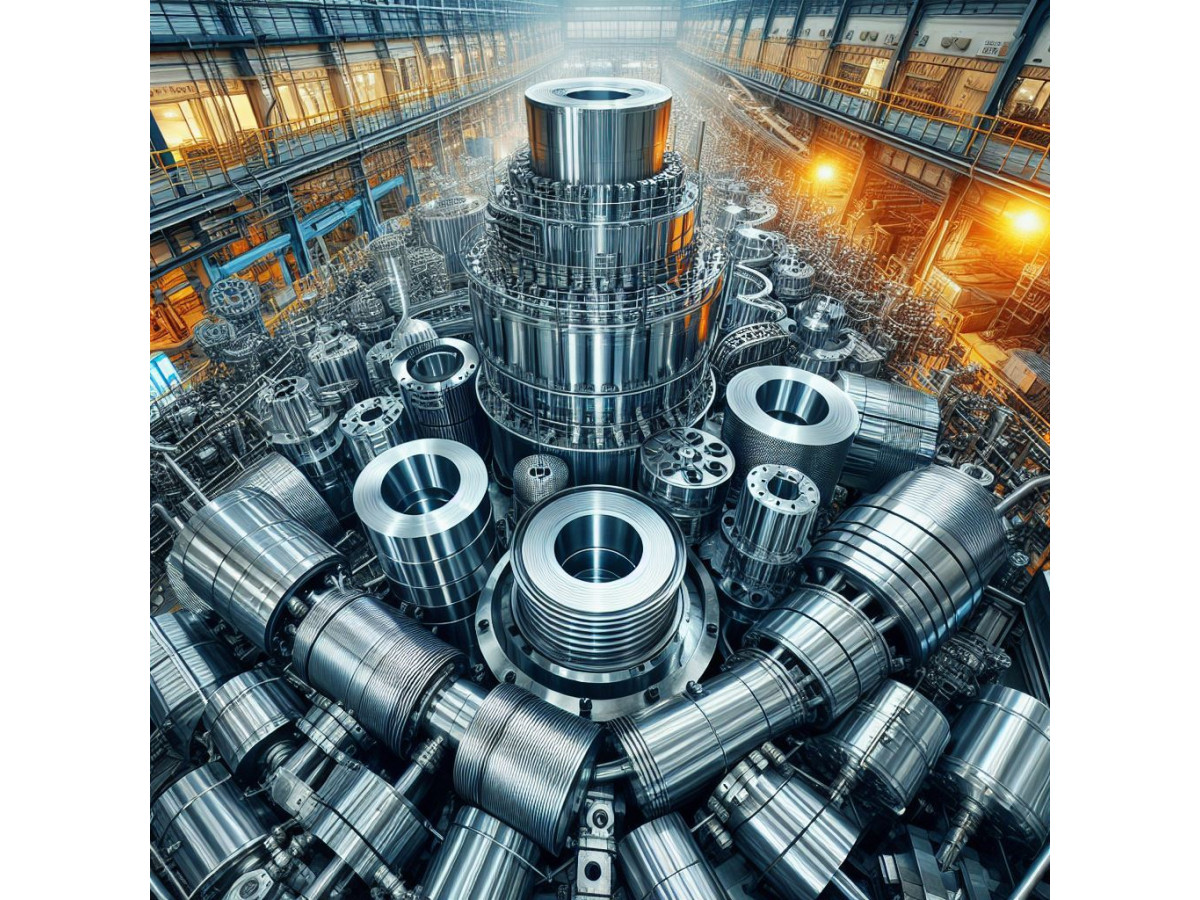The production of rolled stainless steel includes several basic technological stages, starting with the preparation of raw materials and ending with the processing of the finished product. Stainless steel, made according to all standards and rules, has a significant number of different advantages.
Main stages of production
There are several key steps that make up the manufacturing process. Among them are:
- Selection of raw materials so that rolled products meet specific requirements. The process begins with the selection of suitable metal alloys that will be used to create stainless steel products. The main components of the alloy include chromium, nickel, molybdenum and other elements.
- Melting, casting. Selected metal alloys are melted in a high temperature furnace. Once melted, the material can be cast to create initial shapes or ingots.
- Rolling. The molten metal undergoes a rolling process, which involves successively passing through rollers to form sheets, strips, rods and other forms of rolled metal. Rolling can be hot or cold depending on the requirements.
- Hot rolling occurs at a temperature above the recrystallization point of the metal. This ensures a change in the structure and shape of the metal. Hot processing improves the mechanical properties.
- Cold rolling. The corresponding processing occurs at low temperatures and involves rolling through special mills to improve dimensional accuracy, increase strength and eliminate internal stresses.
- Annealing is a heat treatment aimed at relieving internal stresses and restoring the structure of the metal after cold working. This process can also improve resistance to corrosive effects.
- Stainless steel can be subjected to various finishing treatments depending on the requirements of the project. This may include grinding, polishing, etching, oxidation and other processing methods.
- The finished rolled metal is cut and formed according to customer specifications. This may include creating sheets, rods, pipes and other shapes.
Modern manufacturers try to adhere to the basic rules and follow the steps.
Final manufacturing processes
Manufacturing includes a quality control step, including strength tests, corrosion tests and other checks to ensure the metal meets standards. If you choose a proven metal base for purchase, you can count on the impeccable quality of all products and, accordingly, optimal conditions for productive use.
The finished stainless steel products are packaged and prepared for shipment to the customer. In this case, the use of stainless steel and other types of rolled products can bring a lot of benefits. These steps represent the general process for producing stainless steel, although specific technologies and methods may vary depending on the specific requirements and standards of the enterprise.

